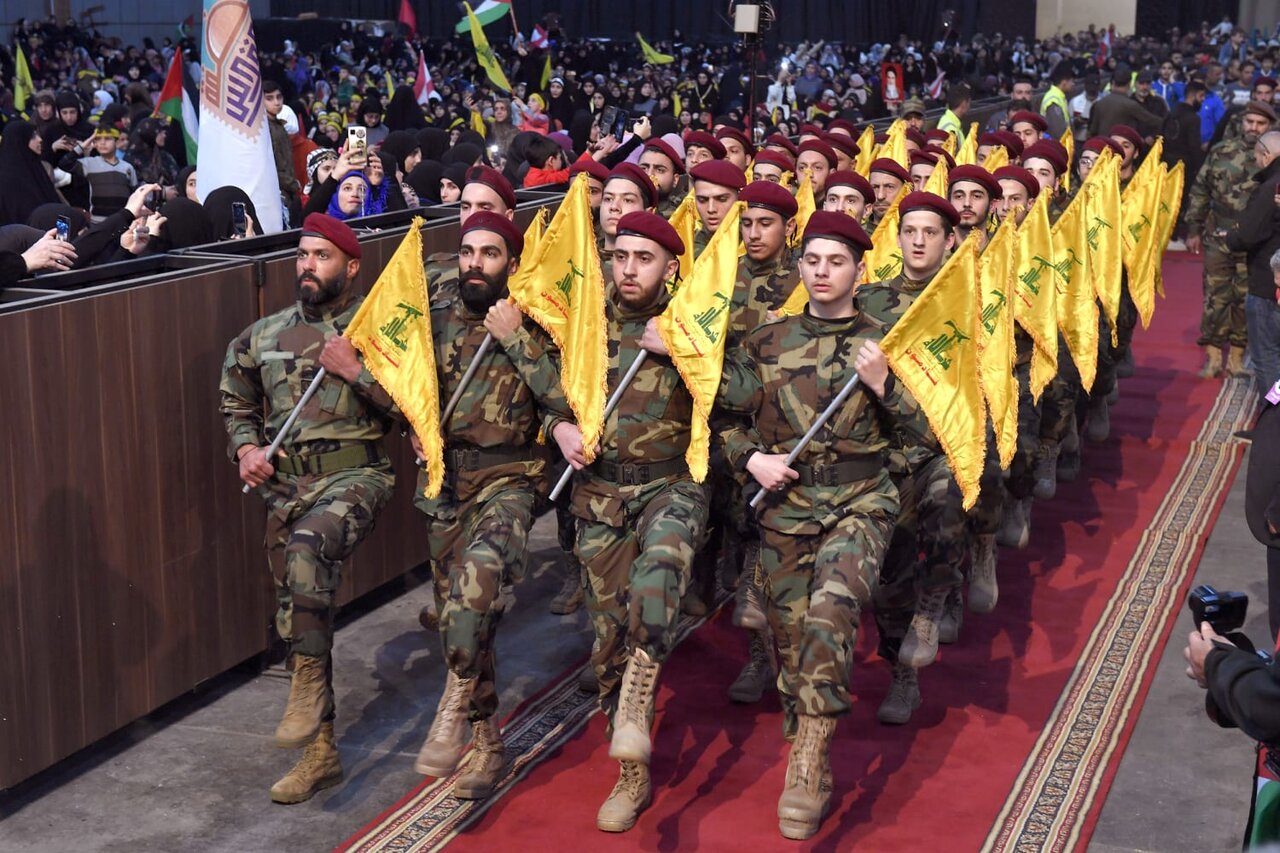How hostile forces may test Lebanon’s resistance

LONDON - New tactics and concealed strengths suggest the Lebanese resistance has changed, but its exact nature is unknown.
The U.S., via Saudi influence, assumed the resistance was weakened and tried to shift Lebanon’s political balance by installing favorable leaders and pushing for the resistance’s exclusion and disarmament. However, such moves risk backfiring by destabilizing the region and harming Western interests.
The West, led by the United States, has four main axes of threats against the resistance. The first is the Israeli occupation entity, which might get directly involved again. The second is the movement of extremist groups near the Lebanese-Syrian border, which could also be used. The third is the risk of sectarian conflict in Lebanon, pushed by supporters of the Syrian regime — including dormant Syrian terrorist cells. The fourth is a possible clash with the Lebanese army, which could lead to civil war involving other local groups. The goal in this situation is to present the resistance party as weak and unable to face all these threats.
The resistance party however is now cautious and setting the red lines. It wants time to rebuild and create a political climate for recovery, after the resistance followed through with the ceasefire deal.
The resistance was under the belief that this process could secure certain bargains without its exclusion. It relies on its strong support from the people and thought it could follow its own path despite efforts to stop it. The resistance support base is strong and active. It is involved in many areas — social, health, education, military, and security - and it is therefore hard to stop them from playing a major role in the country.
Enemies of the resistance are interested in testing its new form to see how much it has benefited from the experience and what it may evolve into. They may test it — possibly through war or otherwise; if this matter were not important, the Israeli occupation entity wouldn’t insist on it through the American administration. It now sees the resistance arms as a major issue and links Lebanon’s future to it.
One option to test the resistance might be to push Lebanon into civil war to weaken the resistance. This would mislead the resistance from its main goal and reduce its popularity in the Islamic world as a force primarily confronting the Israeli enemy. An internal conflict is intended to undermine its credibility, because infighting breeds deception and confusion about its true goals through media warfare, causing it to lose direction.
If the official Shi’ite forces represented in the parliamentary council realize that losing the resistance paper means losing everything connected to the resistance structure and alliances, that would be a huge defeat. Whilst new resistance groups may rise, in the transitional period, their enemy would be decisive in confronting them and use everything at their end to prevent them from growing. The Speaker of Parliament must understand that all current advantages directed at him will become a curse if the resistance is defeated. If the resistance loses all its power, dismantling it will be easy and pursuing it to the last non-moving element will be simple, not just the moving elements.
In these complex political times, with many cards that can be played in any direction, the political role must be conscious of all these dangers and define the limits that cannot be crossed or accepted. It must study the appropriate response for each case if it approaches these red lines, with options that preserve the resistance’s basic choices.
One should not be concerned with the enemy’s power and ignore the possible reactions, some of which may be destructive to its environment, since the key is to preserve the most important goal: preserving the covenant, setting the compass, and keeping the resistance alive for future generations.
This must be a daily mindset for the resistance — to avoid the deceptions as seen in the earlier stages that included trusting the 60-day grace period, the presidential election, the choice of prime minister, the ministerial statement, and the agreement to hand over weapons south of the Litani River, even though the resistance knew such matter could not be fulfilled as a pledge for the group. Any belief that the enemy might act in good faith during a ceasefire is a big mistake. Even if peace terms are agreed, the enemy will only respect them when the balance of power is not in its favor. If the balance shifts, it will break those promises.
The resistance party has taken the issue of civil peace into account in dealing with the enemy to avoid tearing the civil peace. But if some internal groups work with the enemy and try to reach their goals through it, civil peace no longer matters — because those groups have turned traitor and joined the enemy.
Then, a new rule applies: fight anyone inside who starts a conflict. At that point, the enemy loses its advantage and the resistance no longer holds back, since civil peace is already broken. Then the enemy strikes harder to shift the balance. This will abolish the concept of preserving the internal traitors, because all options would be gone that has given the enemy the advantage, since there is no more civil peace for the resistance to secure.
Leave a Comment